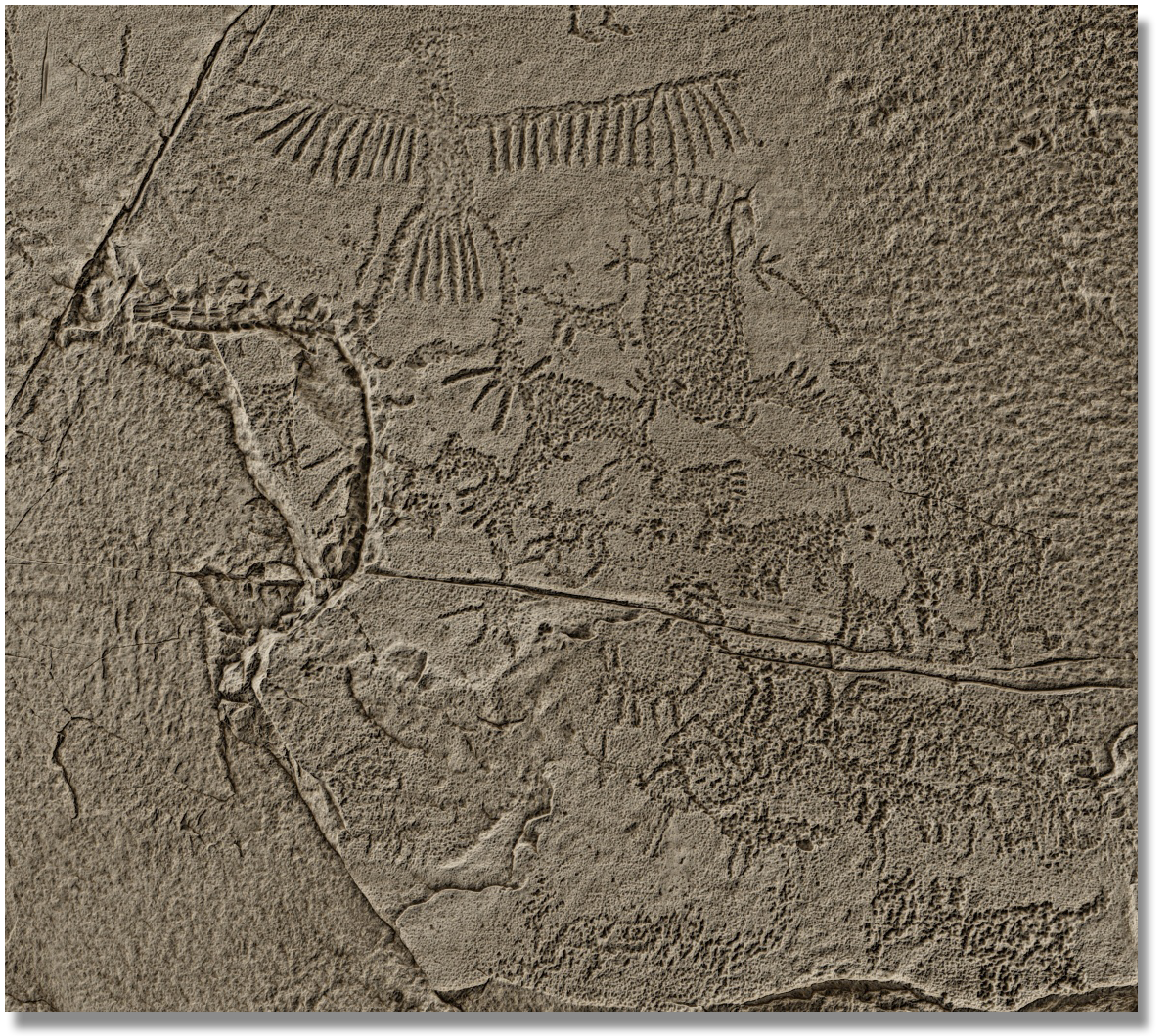
Courses/Tutorials: Principles and Practices of Robust, Photography-based Digital Imaging Techniques for Museums
Courses/Tutorials
Principles and Practices of Robust, Photography-based Digital Imaging Techniques for Museums
Co-presented full day course. Presented acquisition and rendering algorithms for museum conservation.
VAST 11th International Symposium on Virtual Reality, Archaeology and Cultural Heritage
(Proc. EUROGRAPHICS 2010), Palais du Louvre, Paris, France, September 2010.
Abstract
This full day tutorial will use lectures and demonstrations from leading researchers and museum practitioners to present the principles and practices for robust photography-based digital techniques in museum contexts. The tutorial will present many examples of existing and cutting-edge uses of photography-based imaging including Reflectance Transformation Imaging (RTI), Algorithmic Rendering (AR), camera calibration, and methods of imaged-based generation of textured 3D geometry. The tutorial will also explore a framework for Leading museums are now adopting the more mature members of this family of robust digital imaging practices. These practices are part of the emerging science known as Computational Photography (CP). The imaging family’s common feature is the purpose-driven selective extraction of information from sequences of standard digital photographs. The information is extracted from the photographic sequences by computer algorithms. The extracted information is then integrated into a new digital representations containing knowledge not present in the original photogs, examined either alone or sequentially. The tutorial will examine strategies that promote widespread museum adoption of empirical acquisition technologies, generate scientifically reliable digital representations that are ‘born archival’, assist this knowledge’s long-term digital preservation, enable its future reuse for novel purposes, aid the physical conservation of the digitally represented museum materials, and enable public access and research.


